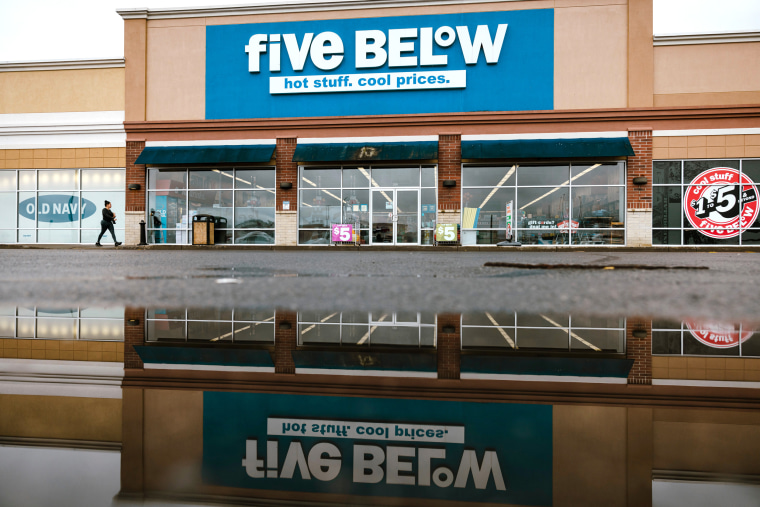Major Retailers Are Backtracking on Self-Checkout
The shift towards self-checkout systems in major retail stores has been one of the most significant technological advancements in the retail industry in recent years. Customers were first introduced to the convenience of self-checkout machines as a way to quicken their shopping experience and reduce wait times at the traditional cashier lanes. However, in a surprising turn of events, some major retailers are now backtracking on this technology, raising questions about the future of self-checkout in the retail landscape.
One of the primary reasons for the resurgence of cashier-operated checkouts is the human touch that they offer. Customers value the personal interaction and assistance provided by a cashier during the checkout process. This human element adds a sense of warmth and personal connection that cannot be replicated by a machine. By reverting to cashier-operated checkouts, retailers are aiming to enhance the overall shopping experience and create a more customer-centric environment.
Moreover, self-checkout systems have proven to be prone to technical issues and errors, leading to frustration among customers. Many shoppers have experienced challenges such as item recognition failures, payment glitches, and difficulty in navigating the self-checkout process. These issues can result in longer wait times and a diminished shopping experience, ultimately impacting customer satisfaction and loyalty.
Another factor driving the shift away from self-checkout is the increasing emphasis on customer service and engagement. Retailers are realizing the importance of providing personalized service to customers and building relationships that go beyond mere transactions. By reintroducing cashier-operated checkouts, stores can offer a higher level of service, address customer queries more effectively, and create a more welcoming atmosphere for shoppers.
Furthermore, the move towards cashier-operated checkouts also aligns with concerns around job displacement and the impact of automation on the workforce. Self-checkout systems were initially heralded as a way to streamline operations and reduce labor costs. However, the growing realization that technology cannot fully replace human workers has prompted retailers to reconsider their reliance on self-checkout machines. By maintaining cashier-operated checkouts, retailers are not only preserving jobs but also signaling their commitment to supporting their employees.
In conclusion, the decision of major retailers to backtrack on self-checkout systems marks a significant shift in the retail industry. The move towards cashier-operated checkouts highlights a renewed focus on customer service, the human element in shopping experiences, and the importance of maintaining a balance between automation and personal interaction. While self-checkout machines may still have a place in certain retail settings, the resurgence of cashier-operated checkouts signals a broader trend towards enhancing the overall shopping experience and prioritizing customer satisfaction.

